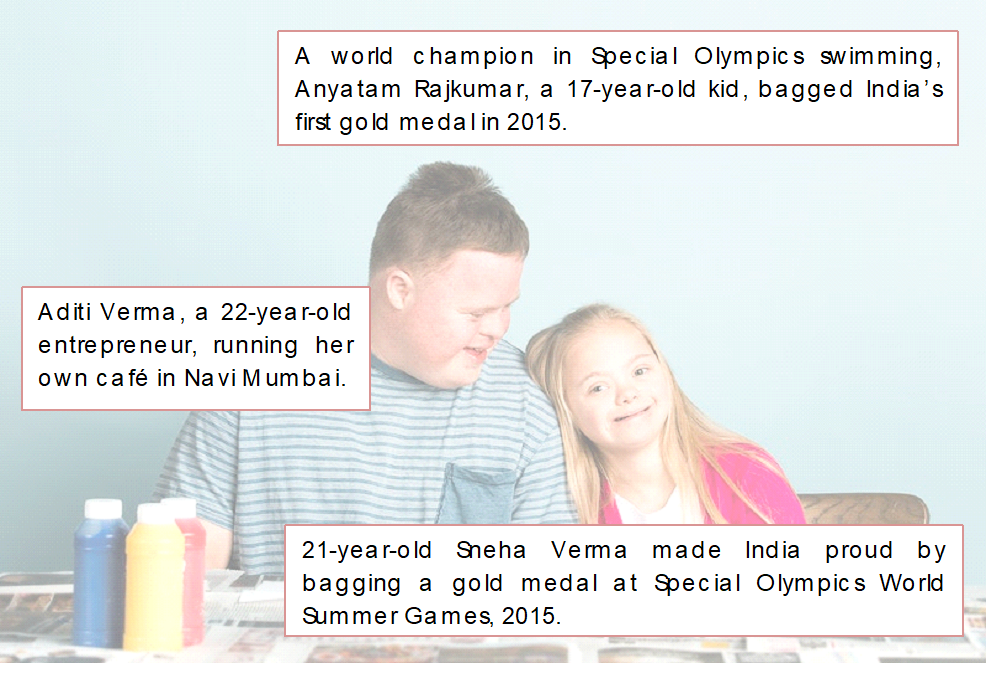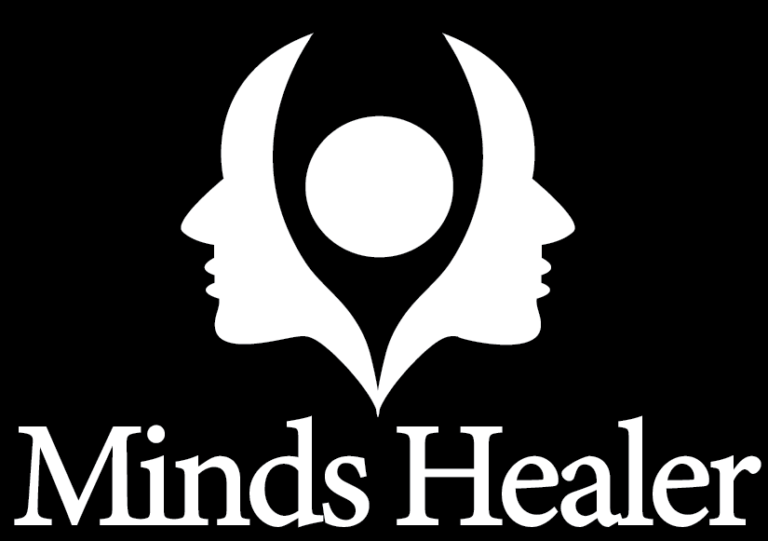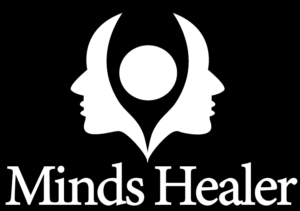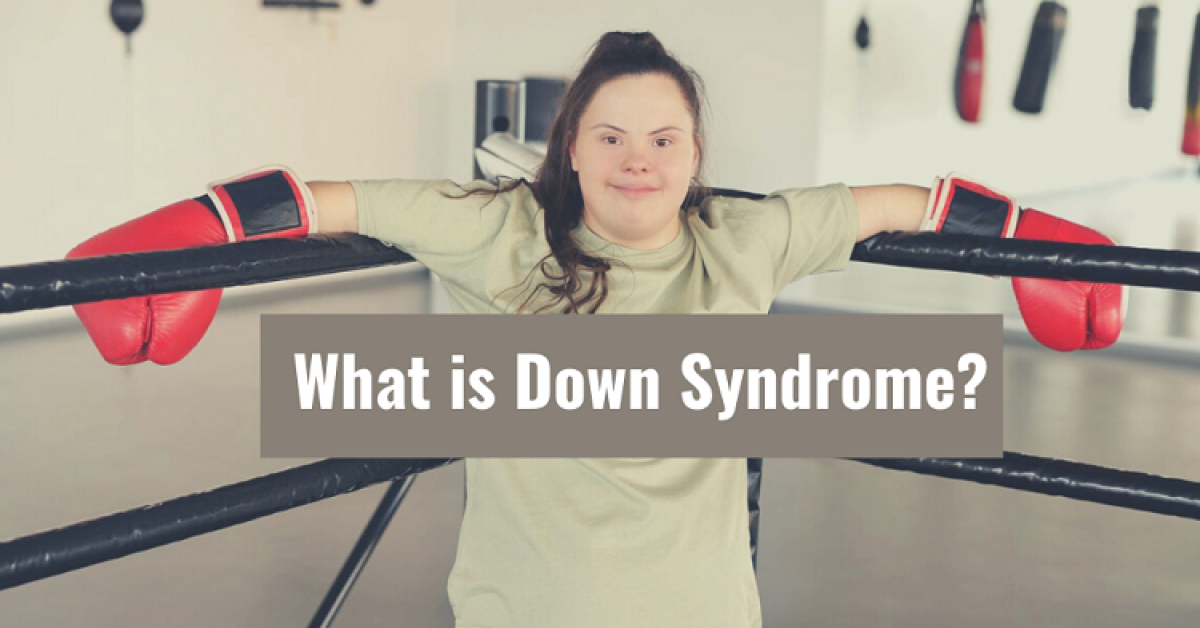Let’s Get Clued-Up on Down Syndrome!

These achievements are huge in the lives of any human being. However, when we realise that individuals mentioned above suffer from Down syndrome, it is almost heroic!
Aditi, Anyatam, and Sneha are out of the many Indians who suffer from Down syndrome. In India, 1 child out of every 850-900 births is born with this disorder.
Down syndrome is a genetic disorder where individuals are born with an extra copy of a chromosome. Chromosomes are bundles of genes and there are 23 pairs of chromosomes in each cell of a human being. With an extra chromosome, this disorder leads to a range of mental and physical issues in the individual.
Although Down syndrome is a lifelong disorder, people with this syndrome can have a healthy and fulfilling life. With the recent advancements in medical technology, as well as institutional support, and several early intervention options, many opportunities have become accessible for the child and the families to overcome the challenges of this condition.
What causes Down Syndrome?
Researchers have still not reached a consensus regarding what and how many factors play a role in the development of this condition.
The known causes and the risk factors are:
- Extra chromosome – In this condition, there is an extra copy of chromosome 21 which is responsible for the characteristic physical and mental symptoms of Down syndrome. It is likely to occur because of cell division abnormalities. However, experts are not sure what leads to these abnormalities.
- Maternal age – It is postulated that mothers aged 35 or older are more likely to have a child with Down syndrome.
WHAT ARE THE SYMPTOMS OF DOWN SYNDROME?
Most of the time, down syndrome, is diagnosed before or at birth. Though Down syndrome affects both the intellectual and physical development of the child, the symptoms may vary depending on the severity.
Some children suffering from this condition are relatively healthier but others may have crucial health problems.
Individuals with this disorder have peculiar facial structure and features. Some of the common features include:
- Flattened face
- Smaller heads
- Short neck
- Almond-shaped eyes
- Small ears
- A tongue sticking out from the mouth
- Poor muscle tone
- Small hands, fingers, and feet
- A single crease running across the palm
- White spots on the iris of the eye, and
- Short height.

They may also suffer from various cognitive impairments. The common mental symptoms are:
- Language delay
- Difficulty in short and long-term memory
- Impulse control issues
- Impairment in emotional regulation
- Attention deficits, etc.
These impairments range from mild to moderate levels.
These individuals are also more likely to have health-related conditions like:
- Heart problems,
- Vision and hearing-related issues
- Blood conditions
- Dementia
- Thyroid
- Obesity
- Skin problems, etc.
Early treatment and intervention is the key.
Early intervention to develop their skills and early treatment for their medical conditions can increase the child’s chances of attaining their full abilities and living a meaningful life.
WHAT ARE THE TREATMENT OPTIONS AVAILABLE?
There is no standard treatment for Down syndrome, but it varies according to the needs and strengths of the child.
Many children with Down syndrome may require immediate care, right after birth, to treat health-related conditions caused by the disorder. Others might require occasional or long-term interventions throughout their childhood and adolescence.
EARLY INTERVENTIONS:
This includes a range of specialized programs and services which is to be used with the child and their family. The professionals will help the child to learn:
- Self help skills – Dress and feed themselves
- Motor skills – Crawl, walk, etc.
- Social skills – Play, turn-taking, etc.
- Cognitive skills – Problem-solving, increasing attention span, memory, etc.
- Language skills – Talk, listen and try to understand other people, and
- Some sensory skills.
In order to teach these skills, there is a combination of therapies utilized in early intervention programs like:
- Physical therapy – To work on motor skills, activities and exercises are made a part of the child’s routines. This will help the child in increasing muscle strength and improving posture and balance.
- Speech-language therapy – This therapy will improve the communication skills and use of the language of the child. It will work on pronunciation skills, comprehension, vocabulary, etc.
- Occupational therapy – This intervention will aid the child to develop various self-help skills and adjust to everyday tasks. Occupational therapists may also help adolescents with Down syndrome at school to identify jobs and careers that match their strengths.
- Emotional and behavioral therapies – There are certain behavioral difficulties that children with Down syndrome experience like frustration due to communication deficits, compulsive behaviors, attention deficits, and/or hyperactivity, etc. Hence, behavior therapies work on understanding the triggers for that particular child, building ways, and strategies to avoid the triggering environment, and teaching various alternative and adaptive responses through positive affirmations or rewards.
In addition, the professional also helps the child to regulate emotions and build coping and social skills.

Apart from these interventions, there are institutional supports available like schools where integrated classroom system and special education system focuses on helping the child with Down syndrome or other disabilities to develop valuable life skills.
Medical treatment is also provided to the child to deal with any medical condition caused by Down syndrome.
HOW CAN A PARENT HELP THE CHILD CONSTRUCTIVELY?
Here are a few parenting tips on helping a child with Down syndrome.
1. Learn about Down Syndrome
- Know as much as you can about the condition, how you can help, what to expect and how to manage your child’s behaviors.
- Also, stay updated about the recent treatment options available or different programs and resources that can help your child.
2. Support Network
- Let your friends and relatives help in caregiving. This will give you a break for yourself.
- Be a part of support groups for parents of child with Down syndrome. It is found to be effective to cope with caregiver stress.
3. Let it out!
- People often want to help, but don’t know how to. Talking about your difficulties will make you feel better plus your significant others will know how to help.
- If you are feeling anxious, depressed or overly tired, talk to a professional. Seek help for yourself. Your good mental well-being will lead to a better environment for the child.
4. Take good care of yourself.
- Exercising or meditation will help you deal with the challenges in a much healthier manner.
- Try to eat healthily and get enough sleep.
5. Build a routine
- Develop a daily schedule and stick to it as much as you can.
- Use a board or a calendar to write down the daily routine, so the child can see.
6. Give the child some control
- Let the child perform some daily household chores, just break it in small steps so that it is easier for them.
- Give him/her some liberty in making choices (like dressing oneself) or taking reasonable risks.
- Support them in problem-solving. Do not do it for them, but help them achieve the solution.
7. Spend time together
- Play, read, go out, and have fun together.
- Introduce some activity that you both can do together.
8. Other tips
- When the child makes any mistake, say ‘Try it again’ instead of ‘This is wrong!’
- Try to apply the lessons that the child learns at school or in therapy at home too.
- When you talk to a child, make it simple for them. Break any task into small steps.

Lastly, remember to focus on the child’s needs and potentials, instead of their condition.
References –
- http://downsyndrome.in/anyatam-rajkumar.php
- https://www.thebetterindia.com/30347/special-olympics-gold-medal/
- https://www.huffingtonpost.in/the-better-india/watch-this-22-year-old-entrepreneur-with-down-syndrome-means-bu_a_23053459/
- https://www.mayoclinic.org/diseases-conditions/down-syndrome/symptoms-causes/syc-20355977
- https://www.nichd.nih.gov/health/topics/down/conditioninfo/treatments
- https://www.healthline.com/health/down-syndrome
- https://www.webmd.com/children/understanding-down-syndrome-basics#1
- https://www.webmd.com/children/parenting-child-downs-syndrome#1
Visit more blogs at www.mindshealer.com



